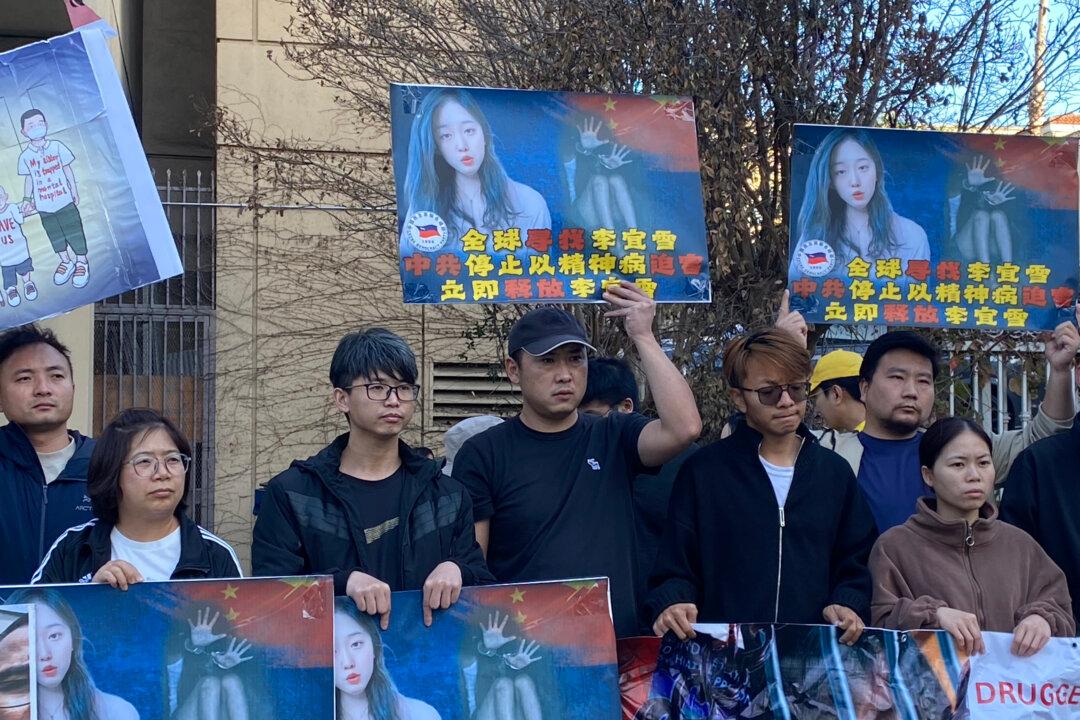U.S.-based multinational publisher Wiley announced the closure of 19 scientific journals in May, many of which were implicated in significant research fraud.
Wiley confirmed that over the past two years, it has retracted more than 11,300 papers from its subsidiary Hindawi’s collection. While Wiley acknowledged research fraud as a factor in the decision, the publisher cited multiple reasons for the shutdown, including plans to integrate Hindawi with Wiley’s existing product portfolio.






